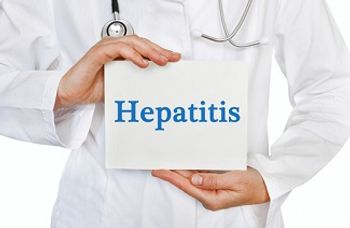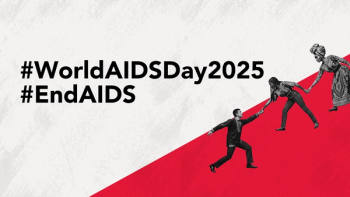
CDC Committee Votes on Prioritizing US Population for COVID-19 Vaccine
The Advisory Committee on Immunization Practices (ACIP) met yesterday and decided that healthcare workers and residents in long-term care facilities will be prioritized as the first people eligible for the impending COVID-19 vaccines.
With an overwhelming vote of 13 to 1, The Centers for Disease Control and Prevention’s (CDC) Advisory Committee on Immunization Practices (ACIP) has decided to put health care providers and long-term care residents at the top of the priority list for the impending COVID-19 vaccines, once they are US Food and Drug Administration (FDA) approved.
Yesterday’s vote was formally recognizing the ACIP's previous recommendations on how to allocate the forthcoming COVID-19 vaccines. Healthcare personnel are part of phase 1A, the first group to be vaccinated. This group includes personnel who work in the following facilities including: hospitals, long-term care facilities, outpatient home health care, pharmacies, emergency medical personnel, and public health workers.
With the news that the
One of the
The concern is that if people who get vaccinated and feel flu-like after the first dose, there might be reluctance to take a second dose a month later, thereby not giving that vaccinated person the needed immunity from the virus.
The ACIP includes 15 voting members responsible for making vaccine recommendations. Fourteen of the members have expertise in vaccinology, immunology, pediatrics, internal medicine, nursing, family medicine, virology, public health, infectious diseases, and/or preventive medicine; one member is a consumer representative who provides perspectives on the social and community aspects of vaccination.
In addition to the 15 voting members, ACIP includes eight ex officio members who represent other federal agencies with responsibility for immunization programs in the United States, and 30 nonvoting representatives of liaison organizations that bring related immunization expertise.
Newsletter
Stay ahead of emerging infectious disease threats with expert insights and breaking research. Subscribe now to get updates delivered straight to your inbox.

















































































































































































































































































